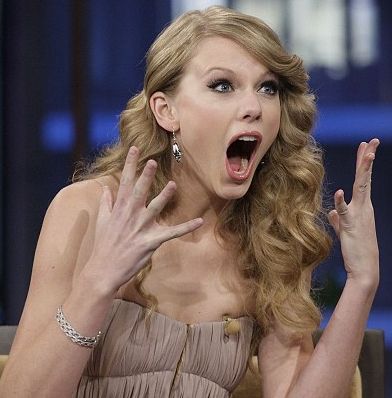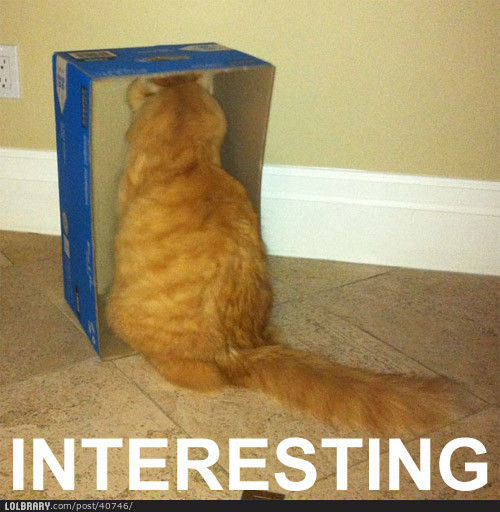But how do we put that thinking stuff into place, in our time-poor, curriculum driven classrooms?
We all have deadlines to meet, outcomes to check off, programs to write - I know, I'm in the same boat. We are already trying to put too much stuffing into the bloated chicken that is teaching, and just when you think you've done it all, someone tells you to throw a fancy Masterchef style garnish on top too.
This is where the mindset shift for us as teachers is essential - by making thinking visible to ourselves and our students, we gain time in our classrooms.
Big call, I know. So, let's take a quick dip into the ocean that is Visible Thinking and make the thinking behind that statement visible, by using a Thinking Routine (a thinking strategy to encourage understanding - the basis of the teacher's toolkit of Visible Thinking).
This is called Claim-Support-Question - a routine designed to consider all aspects of a statement (and a great one for encouraging critical thinking!).
So, the claim is: Making Thinking Visible allows teachers to gain time in classrooms.
What can we use to support this claim?
- By using thinking routines, we are able to gain information about student thinking patterns, allowing for on the spot formative assessment
- Creating a Culture of Thinking encourages students to share their thinking and ideas, facilitating collaboration between peers and allowing for students to teach each other rather than direct teacher instruction
- By making the thinking behind ideas visible, teachers explicitly teach students easy strategies to analyse concepts in depth, developing a deep knowledge and understanding of topics rather than a surface understanding that can be applied across disciplines.
What questions could we pose about this claim?
- How about the time it takes to get started? Surely there is time that must be put into setting up these routines and cultivating the thinking needed?
- What about the time needed to up skill staff in developing the language associated around routines? Who will do it and how?
- What if my school already has a 'big idea' its pursuing? How can I fit Visible Thinking into previously established structures?
The skills that we want students to develop as 21st Century learners - critical and creative thinking, questioning, risk taking, persevering, communicating, reflecting (this is starting to sound like the IB Learner Profile...) - are facilitated by deep thinking and become naturally embedded in our teaching through the use of the Routines. They are a teaching tool, not an extra activity.
Now that is brilliant.
Find me online!
twitter: @bswain1
email:missswain24@gmail.com
pintrest:https://www.pinterest.com/bswain14
or comment below!


























